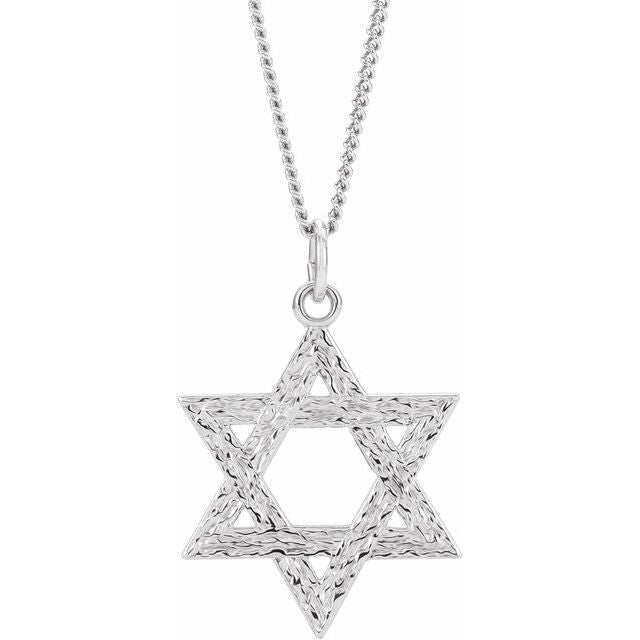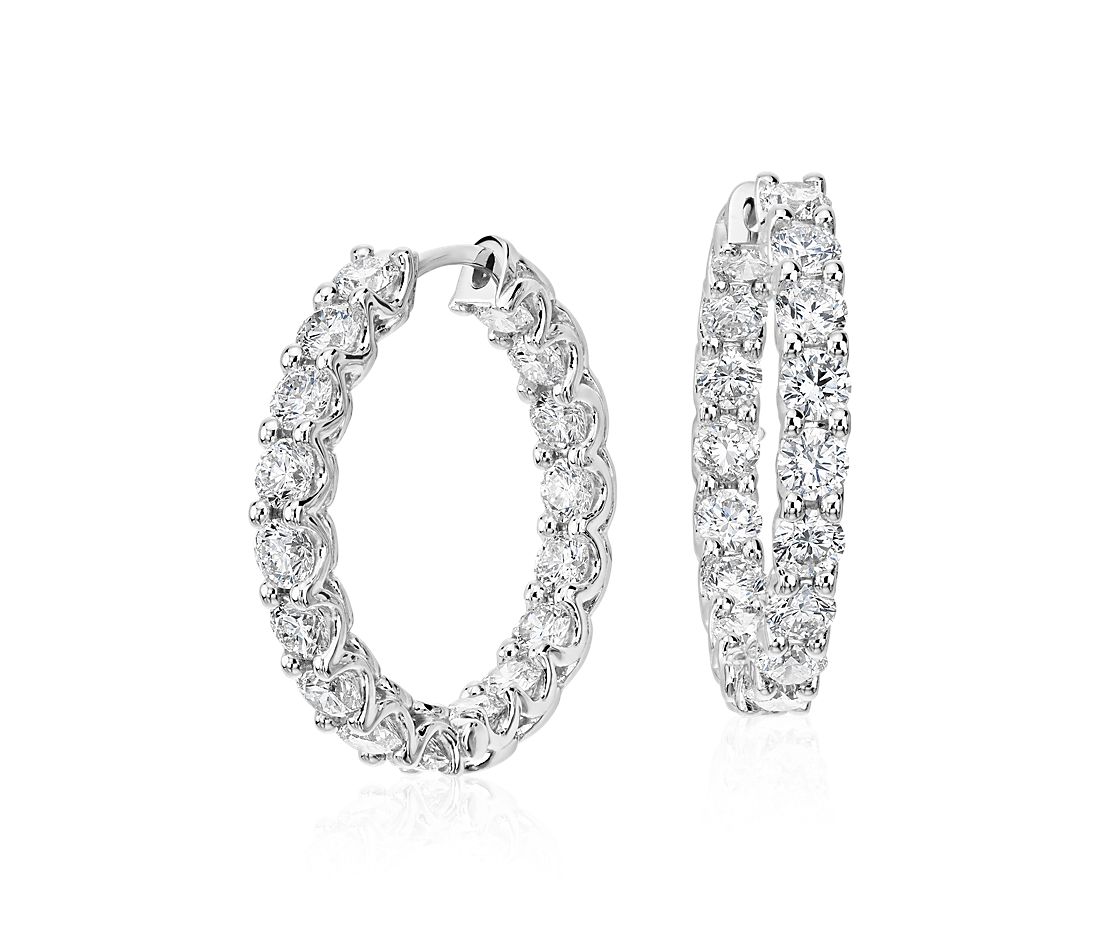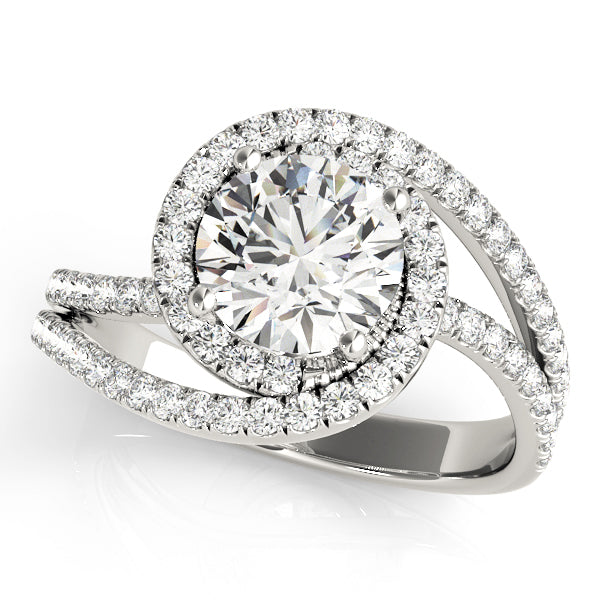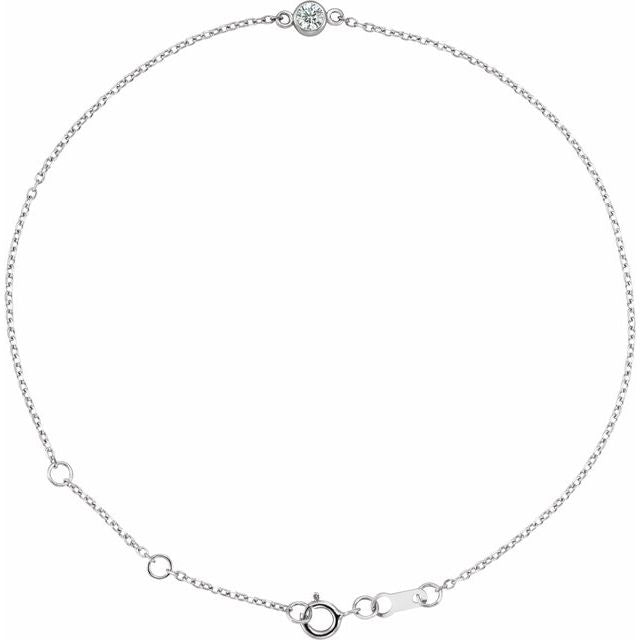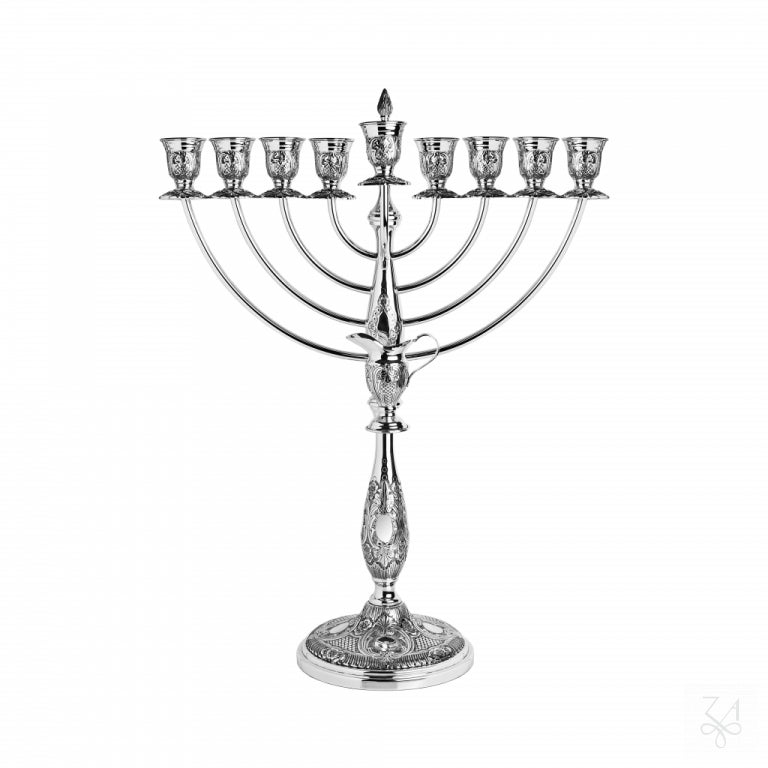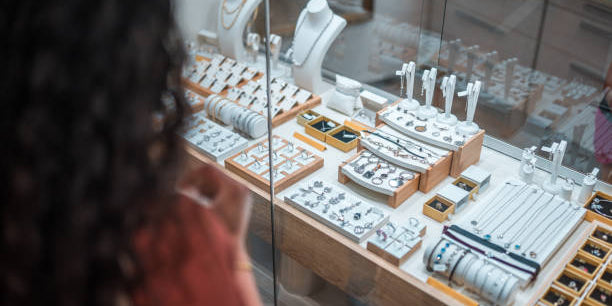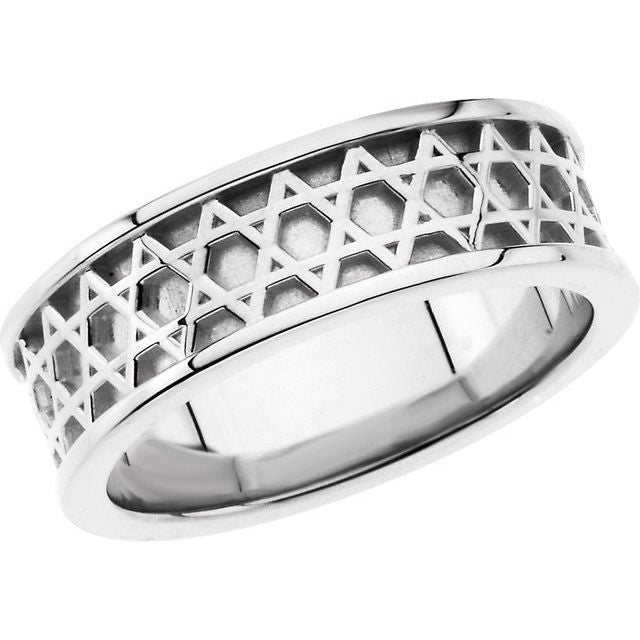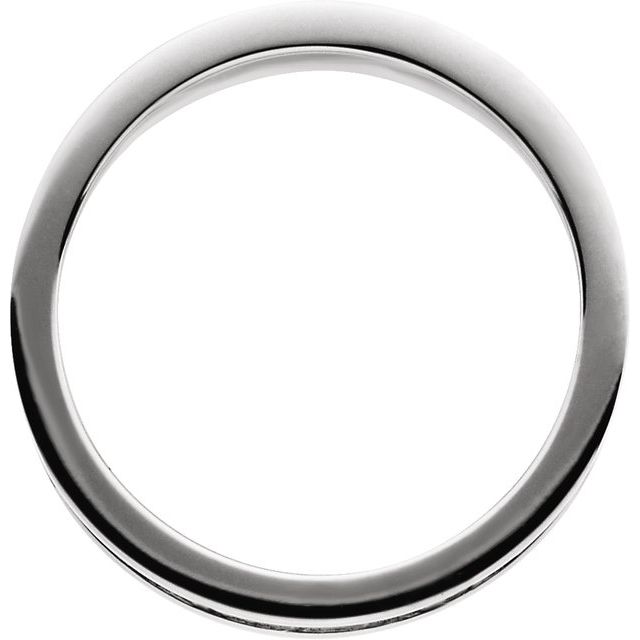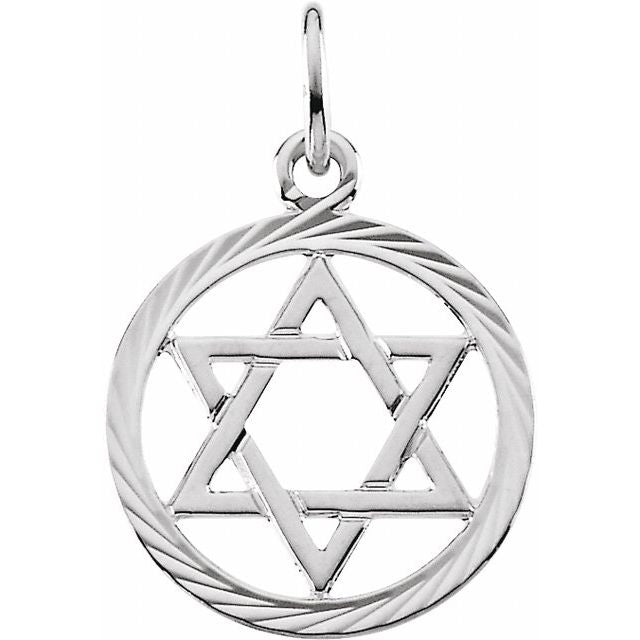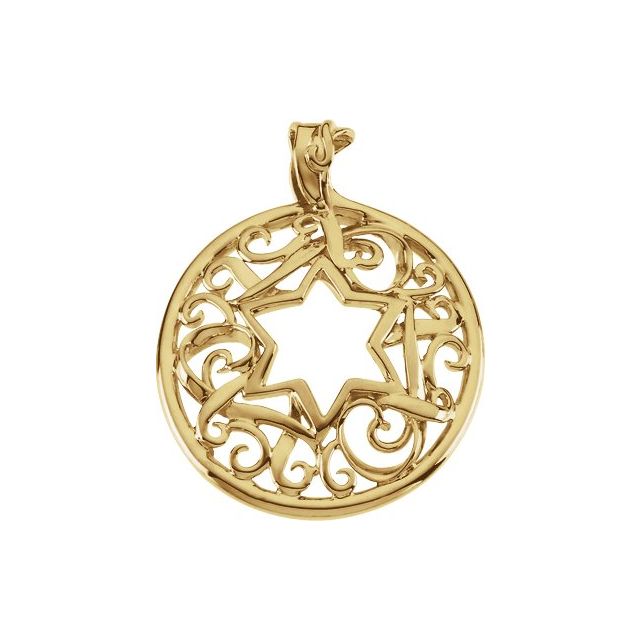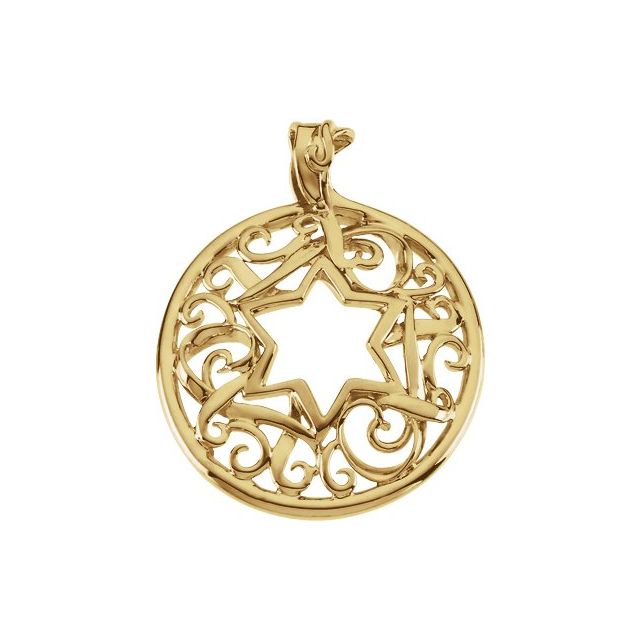In the intricate world of jewelry, each piece tells a story—whether it's a family heirloom passed down through generations, an engagement ring symbolizing eternal love, or a statement necklace that completes your signature style. However, with regular wear and the passage of time, even the most meticulously crafted jewelry pieces can suffer damage or deterioration. Understanding how to properly maintain and repair different types of jewelry is essential for preserving both their aesthetic appeal and sentimental value.
The jewelry repair industry has seen significant growth in recent years, with the global jewelry market projected to reach $480.5 billion by 2025, according to a report by Grand View Research. This growth has been accompanied by an increased demand for specialized repair services, as consumers recognize the importance of maintaining their valuable pieces.
In this comprehensive guide, we'll explore various jewelry repair solutions tailored to different types of jewelry, from precious metals to gemstones, fashion jewelry to luxury timepieces. Whether you're dealing with a broken clasp, a loose stone, or tarnished metal, this article will provide you with the knowledge to address these issues effectively.
Understanding the Value of Professional Jewelry Repair
Before delving into specific repair solutions, it's important to understand why professional jewelry repair is often the recommended course of action. According to a survey conducted by the Jewelers of America, approximately 67% of jewelry owners have had at least one piece repaired professionally in their lifetime.
Professional jewelers possess specialized tools, extensive training, and years of experience working with various materials. They understand the nuances of different jewelry types and can implement repairs that not only fix the immediate issue but also prevent future problems. While DIY solutions might seem cost-effective initially, improper repairs can lead to more significant damage and potentially higher repair costs down the line.
That said, knowing when to attempt minor maintenance at home versus when to seek professional help is valuable knowledge for any jewelry owner. Let's explore repair solutions for different types of jewelry, highlighting both professional services and appropriate at-home care techniques.
Gold Jewelry Repair Solutions
Gold jewelry, with its timeless appeal and durability, remains one of the most popular choices for both everyday wear and special occasions. However, despite its resilience, gold jewelry can experience various issues over time.
Common Issues with Gold Jewelry
Scratches and Dents: Gold, particularly higher karat gold (18K and above), is relatively soft and susceptible to scratches and dents from everyday activities.
Broken Chains: Gold chains can break due to tension, catching on clothing, or general wear and tear.
Clasps Failure: Clasps on gold necklaces and bracelets can wear out or break over time.
Bent Prongs: The prongs holding gemstones in place can bend, potentially leading to stone loss.
Color Changes: Lower karat gold jewelry with alloys can sometimes experience color changes or tarnishing.
Professional Repair Solutions for Gold Jewelry
Polishing and Refinishing: Professional jewelers use specialized equipment to remove scratches and restore the original luster of gold jewelry. This process involves carefully buffing the surface to eliminate minor scratches without removing excessive material.
Chain Repair: Broken gold chains require precise soldering techniques. A skilled jeweler will clean the broken links, align them perfectly, and use a torch to apply gold solder at the exact temperature needed for a seamless repair.
Clasp Replacement: When a clasp fails, jewelers can replace it with a new one that matches the original in both functionality and appearance. For antique pieces, they might custom-create a period-appropriate clasp.
Prong Re-tipping: When prongs become worn or bent, jewelers can add new gold to reinforce them, ensuring gemstones remain securely in place. This process, known as re-tipping, is crucial for preventing stone loss.
Rhodium Plating: For white gold jewelry that has yellowed, rhodium plating can restore its bright white appearance. This process involves applying a thin layer of rhodium, a platinum group metal, to the jewelry's surface.
At-Home Care for Gold Jewelry
While professional repairs are necessary for significant issues, proper at-home care can prevent many problems:
Regular Cleaning: Clean gold jewelry using warm water, mild soap, and a soft brush. Avoid harsh chemicals that can damage the metal or any gemstones.
Proper Storage: Store gold pieces separately to prevent scratching. Consider using jewelry boxes with individual compartments or soft pouches.
Removal During Activities: Remove gold jewelry during activities that might cause damage, such as sports, household cleaning, or swimming in chlorinated pools.
Periodic Inspections: Regularly check for loose stones, worn prongs, or weakened links to address issues before they worsen.
According to the World Gold Council, proper maintenance can extend the life of gold jewelry by up to 30%, making regular care a worthwhile investment for preserving these precious pieces.
Silver Jewelry Repair Solutions
Silver jewelry, known for its lustrous appearance and affordability, presents its own set of challenges when it comes to maintenance and repair.
Common Issues with Silver Jewelry
Tarnishing: Silver naturally reacts with sulfur in the air, causing it to darken or tarnish over time.
Bending and Warping: Sterling silver (92.5% silver, 7.5% other metals) is relatively soft and can bend or warp with pressure.
Broken Components: Clasps, jump rings, and other small components can break with regular use.
Scratches: Silver is prone to surface scratches that can diminish its shine.
Worn Plating: Silver-plated jewelry can wear down over time, revealing the base metal underneath.
Professional Repair Solutions for Silver Jewelry
Professional Cleaning and Polishing: Jewelers use specialized silver cleaning solutions and equipment to remove tarnish without damaging the metal. They can also apply anti-tarnish treatments to slow future tarnishing.
Reshaping and Straightening: Professional jewelers can carefully reshape bent silver pieces using specialized tools that apply even pressure to avoid stress points.
Component Replacement: Broken clasps, jump rings, or other elements can be replaced with new sterling silver components that match the original design.
Refinishing: For heavily scratched silver, jewelers can refinish the surface to restore its smooth appearance, either maintaining a high polish or creating textured finishes as desired.
Replating: For silver-plated items, professional replating can restore the silver layer, extending the life of the piece.
At-Home Care for Silver Jewelry
Anti-Tarnish Storage: Store silver in anti-tarnish bags or with anti-tarnish strips to minimize exposure to air and sulfur compounds.
Regular Gentle Cleaning: Use silver polishing cloths or mild silver cleaning solutions specifically designed for jewelry. Avoid abrasive cleaners that can scratch the surface.
Proper Wearing Habits: Remove silver jewelry before swimming, bathing, or using household chemicals, as chlorine, sulfates, and other compounds can accelerate tarnishing.
Preventative Measures: Some jewelers recommend wearing your silver jewelry regularly, as the natural oils in your skin can help prevent tarnishing.
A study published in the Journal of Materials Science found that proper storage of silver jewelry in low-humidity environments can reduce tarnishing rates by up to 70%, highlighting the importance of appropriate storage solutions.
Platinum Jewelry Repair Solutions
Platinum, one of the most precious and durable metals used in jewelry, offers exceptional longevity but still requires specific care and occasional repairs.
Common Issues with Platinum Jewelry
Scratching: While extremely durable, platinum can develop a patina of fine scratches over time.
Bent Prongs: Platinum prongs can bend with impact, potentially compromising stone security.
Denting: Despite its hardness, platinum can dent with significant impact.
Discoloration: Platinum may temporarily discolor when exposed to certain chemicals but doesn't tarnish like silver.
Wear at Stress Points: Areas that experience friction, such as the bottom of rings, can wear thin over decades of use.
Professional Repair Solutions for Platinum Jewelry
Refinishing: Professional jewelers can restore platinum's appearance through careful polishing or by creating a desired finish, whether high-polish or matte.
Prong Repair: Damaged or worn prongs can be rebuilt using additional platinum, ensuring gemstones remain secure.
Laser Welding: For cracks or breaks, laser welding allows precise repairs without affecting nearby gemstones, as the heat is highly localized.
Reshaping: Dented platinum pieces can be carefully reshaped by skilled jewelers who understand how to work with this dense metal.
Reinforcement: Areas that have worn thin can be reinforced with additional platinum, extending the life of the piece.
At-Home Care for Platinum Jewelry
Gentle Cleaning: Clean platinum jewelry with mild soap and warm water, using a soft brush for detailed areas.
Separate Storage: Store platinum pieces separately from other jewelry to prevent scratching.
Professional Inspections: Have platinum jewelry, especially pieces with stones, inspected annually by a professional to check for worn prongs or other issues.
Avoiding Harsh Chemicals: While platinum is resistant to most chemicals, it's best to remove platinum jewelry when using household cleaners or swimming in chlorinated pools.
According to the Platinum Guild International, platinum jewelry typically requires less frequent repairs than gold jewelry due to its durability, with most platinum wedding bands needing significant maintenance only after 10-15 years of continuous wear, compared to 5-7 years for gold bands.
Gemstone Jewelry Repair Solutions
Gemstone jewelry combines the beauty of precious or semi-precious stones with metal settings, creating pieces that often require specialized repair approaches to address both components.
Common Issues with Gemstone Jewelry
Loose Stones: Over time, the settings holding gemstones can loosen, putting stones at risk of falling out.
Scratched or Chipped Stones: Even durable gemstones like diamonds can chip with impact, while softer stones like opals or pearls can scratch easily.
Cloudy Appearance: Some gemstones, particularly porous ones like turquoise or emerald, can develop a cloudy appearance due to oils, soaps, or chemicals.
Color Fading: Certain gemstones, such as amethyst or topaz, can fade when regularly exposed to strong sunlight.
Broken Settings: Prongs, bezels, or other setting elements can break, compromising the security of the stones.
Professional Repair Solutions for Gemstone Jewelry
Stone Tightening: Jewelers can secure loose stones by adjusting prongs, rebuilding worn bezels, or adding additional support elements.
Stone Replacement: Damaged stones can be replaced with new ones matching the original in color, cut, clarity, and carat weight.
Stone Repolishing: Some scratched gemstones can be repolished to restore their luster, though this depends on the depth of the scratch and the type of stone.
Setting Repair: Damaged settings can be repaired or completely rebuilt to securely hold the gemstones.
Professional Cleaning: Ultrasonic cleaning, steam cleaning, or specialized chemical solutions can restore the brilliance of cloudy gemstones, though the appropriate method varies by stone type.
At-Home Care for Different Types of Gemstones
Diamonds: While diamonds are extremely hard (10 on the Mohs scale), they can still chip with impact. Clean with mild soap and water, and a soft brush.
Sapphires and Rubies: These durable gemstones (9 on the Mohs scale) can be cleaned similarly to diamonds but should avoid sudden temperature changes.
Emeralds: These more fragile stones (7.5-8 on the Mohs scale) often have natural inclusions and may be treated with oils. Avoid ultrasonic cleaners and use only mild soap and water.
Pearls: These organic gems (2.5-4.5 on the Mohs scale) are very delicate and porous. Wipe with a soft, damp cloth after wearing and keep away from perfumes and cosmetics.
Opals: These water-containing gemstones (5.5-6.5 on the Mohs scale) can crack if they dry out. Avoid hot environments and clean only with a damp cloth.
A study published in the International Journal of Gemology found that approximately 43% of gemstone damage in jewelry is preventable through proper care and timely professional maintenance, emphasizing the importance of both professional repairs and appropriate at-home care.
Costume and Fashion Jewelry Repair Solutions
Costume and fashion jewelry, while often more affordable than fine jewelry, still deserves proper care and repair to extend its lifespan and maintain its appearance.
Common Issues with Costume Jewelry
Plating Wear: The metallic plating on costume jewelry can wear off, revealing the base metal underneath.
Green Discoloration on Skin: Some base metals can react with skin, causing green discoloration.
Loose or Missing Stones: Glued stones can come loose or fall out entirely.
Broken Clasps or Components: Fasteners and decorative elements may break with regular use.
Tarnishing: Many costume jewelry metals tarnish quickly when exposed to moisture or skin oils.
Professional Repair Solutions for Costume Jewelry
Replating: Some higher-quality costume pieces can be replated with gold or silver to restore their appearance.
Stone Replacement and Resetting: Professional jewelers can replace missing stones and secure loose ones, often using more durable methods than the original manufacturing.
Component Replacement: Broken clasps, earring backs, or other functional elements can be replaced with higher-quality components for better durability.
Structural Repairs: Broken links, separated components, or structural issues can be repaired using appropriate adhesives or soldering techniques.
Cleaning and Restoration: Professional cleaning can remove tarnish and buildup without damaging delicate components.
At-Home Care and DIY Repairs for Costume Jewelry
Clear Nail Polish Application: A thin layer of clear nail polish can protect metal parts from direct skin contact, preventing both tarnishing and skin discoloration.
Gentle Cleaning: Use a soft cloth slightly dampened with mild soap and water, avoiding soaking the jewelry, which can damage adhesives and porous components.
Proper Storage: Store costume jewelry in anti-tarnish bags or lined jewelry boxes, away from humidity and direct sunlight.
Quick Fixes: Small repairs, such as reattaching loose stones with jewelry-safe adhesive or replacing earring backs, can often be done at home.
Preventative Measures: Apply clear nail polish to areas that contact skin directly, remove before showering or swimming, and apply perfume or cosmetics before putting on costume jewelry.
According to a consumer report by the Fashion Jewelry Trade Association, properly maintained costume jewelry can last 3-5 times longer than pieces that receive no care or maintenance, making simple repair and maintenance practices highly cost-effective for fashion jewelry enthusiasts.
Watch and Timepiece Repair Solutions
Watches and timepieces combine intricate mechanical or electronic components with decorative elements, requiring specialized repair approaches that address both functionality and aesthetics.
Common Issues with Watches and Timepieces
Movement Problems: Mechanical watches may run fast, slow, or stop entirely due to internal issues.
Battery Failure: Quartz watches require battery replacement every 1-3 years.
Water Damage: Water infiltration can cause corrosion and movement failure.
Broken or Scratched Crystals: Watch faces can crack or develop scratches that impair visibility.
Bracelet or Strap Damage: Links can break, leather can wear out, or clasps can fail.
Professional Repair Solutions for Watches
Movement Service: Professional watchmakers can disassemble, clean, lubricate, and adjust watch movements to restore proper timekeeping.
Water Resistance Restoration: Replacing gaskets and seals can restore a watch's water resistance capabilities.
Crystal Replacement: Scratched or cracked crystals can be replaced with new sapphire, mineral, or acrylic crystals.
Bracelet Repair: Metal bracelets can be repaired by replacing broken links, pins, or clasps, while leather straps can be replaced entirely.
Case Refinishing: Watch cases can be polished or refinished to remove scratches and restore their original appearance.
Dial Restoration: For vintage timepieces, dial restoration can address fading, spotting, or other cosmetic issues while preserving the watch's value.
At-Home Care for Watches and Timepieces
Regular Winding: Mechanical watches should be wound regularly, even when not worn, to maintain lubrication distribution.
Water Resistance Precautions: Even water-resistant watches should be dried after exposure to water, and water resistance should be tested annually.
Cleaning: Wipe watches with a soft, slightly damp cloth to remove dirt and oils, paying special attention to areas between links.
Magnetic Field Avoidance: Keep mechanical watches away from strong magnetic fields, which can affect their accuracy.
Service Scheduling: Follow manufacturer recommendations for service intervals, typically every 3-5 years for mechanical watches.
According to the International Watch and Jewelry Guild, regular maintenance can extend a quality watch's functional lifespan by decades, with some well-maintained mechanical watches functioning properly for over a century with appropriate care and periodic professional servicing.
Antique and Vintage Jewelry Repair Solutions
Antique and vintage jewelry pieces require specialized approaches that balance restoration with preservation of historical integrity and value.
Common Issues with Antique Jewelry
Worn Settings: Prongs and settings from earlier eras may have worn thin over decades of use.
Fragile Construction: Some antique techniques, such as cannetille or filigree work, can become fragile with age.
Patina Changes: The natural aging of metals, which collectors often value, may need preservation rather than removal.
Previous Poor Repairs: Many antique pieces have undergone amateur repairs that may need correction.
Missing Components: Original elements may be lost and require historically accurate replacement.
Professional Repair Solutions for Antique Jewelry
Conservation Approach: Ethical jewelers specializing in antiques focus on preserving original materials and techniques while making minimal interventions.
Period-Appropriate Techniques: Repairs utilize methods and materials consistent with the era when the piece was created.
Invisible Strengthening: Structural reinforcement can be added in ways that aren't visible but provide needed support.
Documentation: Professional restoration often includes documentation of the piece's condition before and after repair, and details of work performed.
Custom Fabrication: Missing elements can be recreated using traditional techniques and materials that match the original components.
Considerations for Antique Jewelry Owners
Value Impact: Inappropriate repairs can significantly reduce an antique piece's value, making specialist expertise crucial.
Restoration vs. Preservation: Discuss with your jeweler whether to fully restore a piece to like-new condition or preserve its patina and signs of age.
Insurance Documentation: Have detailed photographs and appraisals done before and after significant repairs.
Specialist Selection: Choose jewelers with specific experience in the time period and style of your antique piece.
Wearing Considerations: Even after repair, antique jewelry often requires more careful wearing habits than modern pieces.
Research from the Antique Jewelry University indicates that properly restored antique jewelry has appreciated at an average rate of 5-10% annually over the past decade, significantly outperforming improperly restored pieces, highlighting the financial importance of appropriate repair approaches for these historical treasures.
Choosing the Right Jewelry Repair Professional
Selecting the appropriate professional for your jewelry repair needs is crucial for ensuring quality work that preserves both the aesthetic and monetary value of your pieces.
Qualifications to Look For
Certifications: Look for jewelers with certifications from recognized organizations such as the Gemological Institute of America (GIA), the American Gem Society (AGS), or Jewelers of America (JA).
Specialization: Some jewelers specialize in particular types of jewelry or repairs, such as antique restoration, platinum work, or watch repair.
Experience: Inquire about how long they've been performing the specific type of repair your jewelry needs.
References and Reviews: Check online reviews, ask for references, or seek recommendations from friends or family.
Insurance: Ensure the jeweler is fully insured against loss or damage to your piece while in their possession.
Questions to Ask Before Committing to a Repair
Repair Process: Ask the jeweler to explain exactly what the repair entails and what techniques they'll use.
Materials: Confirm what materials will be used in the repair and whether they match your original piece.
Timeline: Get a clear estimate of how long the repair will take.
Warranty: Ask if the repair comes with any guarantee or warranty period.
Before and After Documentation: Request photographs or detailed descriptions of your piece before and after repair.
Alternative Approaches: If applicable, ask about different repair options and their respective pros and cons.
Cost Considerations for Jewelry Repair
Jewelry repair costs vary widely based on several factors:
Type of Jewelry: Precious metals and fine gemstones typically require more expensive repairs than costume jewelry.
Complexity of Repair: Simple clasp replacements cost less than intricate prong rebuilding or stone replacement.
Urgency: Rush repairs often incur additional charges.
Geographic Location: Repair costs vary by region, with urban areas typically charging more than rural locations.
Jeweler's Expertise: Highly specialized jewelers may charge premium rates for their expertise.
According to a survey by National Jeweler magazine, the average cost for common jewelry repairs in the United States ranges from $25-50 for simple chain soldering to $250-500 for complete ring resizing with multiple stones, with specialized repairs for luxury or antique pieces potentially costing significantly more.
Preventative Maintenance: Avoiding the Need for Repairs
While some jewelry repairs are inevitable over time, many can be prevented or delayed through proper preventative maintenance.
Regular Professional Inspections
Frequency Recommendations: Have fine jewelry inspected by a professional every 6-12 months.
What Jewelers Check: During inspections, jewelers examine prongs, clasps, chain links, and settings for early signs of wear.
Preventative Services: Professional cleaning, prong re-tipping, and rhodium plating (for white gold) can prevent more serious issues.
Documentation: Keep records of inspections and any minor repairs for insurance and resale purposes.
Proper Storage Practices
Individual Storage: Store pieces separately to prevent scratching and tangling.
Appropriate Containers: Use lined jewelry boxes, anti-tarnish bags, or individual pouches.
Environmental Control: Keep jewelry away from humidity, direct sunlight, and temperature fluctuations.
Travel Considerations: Use dedicated travel jewelry cases with individual compartments when on the go.
Wearing Habits That Extend Jewelry Life
Activity Awareness: Remove jewelry before activities that could cause damage, such as sports, gardening, or heavy cleaning.
Chemical Exposure: Put jewelry on after applying cosmetics, perfumes, hairsprays, and lotions.
Rotation Practices: Rotate the pieces you wear regularly to minimize wear on any single item.
Mindful Handling: Put on and remove jewelry over soft surfaces, and handle pieces by their sturdiest components.
A longitudinal study published in the Journal of Jewelry Conservation found that jewelry pieces receiving regular professional inspections required 60% fewer major repairs over a 10-year period compared to pieces that were only brought in when problems became apparent, demonstrating the significant financial and preservation benefits of preventative maintenance.
Conclusion: The Value of Proper Jewelry Care and Repair
Jewelry often carries significance far beyond its monetary value—it represents milestones, relationships, achievements, and personal expression. Proper care and timely, appropriate repairs ensure these meaningful pieces continue to bring joy and maintain their beauty for years or even generations to come.
Understanding the specific needs of different jewelry types allows you to make informed decisions about both at-home care and professional repair services. While some minor maintenance can be performed at home, developing a relationship with a trusted, qualified jewelry repair professional provides peace of mind and expertise for more significant issues.
Remember that the most cost-effective approach to jewelry ownership is preventative: regular cleaning, proper storage, careful wearing habits, and periodic professional inspections can dramatically reduce the need for major repairs while preserving both the aesthetic appeal and value of your jewelry collection.
Whether you're caring for a diamond engagement ring, a vintage brooch, a luxury watch, or fashion accessories, the principles remain consistent: understand your jewelry's specific needs, address minor issues promptly before they become major problems, and partner with qualified professionals for repairs beyond your expertise.
By following the guidance in this article, you're well-equipped to ensure your jewelry remains beautiful, functional, and meaningful for years to come—ready to continue telling your unique story through the language of adornment.
References
-
Gemological Institute of America (GIA). "Jewelry Care and Repair Guide." https://www.gia.edu/jewelry-care-guide
-
American Gem Society. "Professional Jewelry Repair: What to Expect." https://www.americangemsociety.org/jewelry-repair-guide
-
Journal of Materials Science. "Tarnish Prevention in Silver Alloys: Environmental Factors and Preventative Measures." https://www.springer.com/journal/10853
-
International Watch and Jewelry Guild. "Timepiece Maintenance Standards." https://www.iwjg.com/resources
-
Antique Jewelry University. "Value Preservation in Antique Jewelry Restoration." https://www.langantiques.com/university


